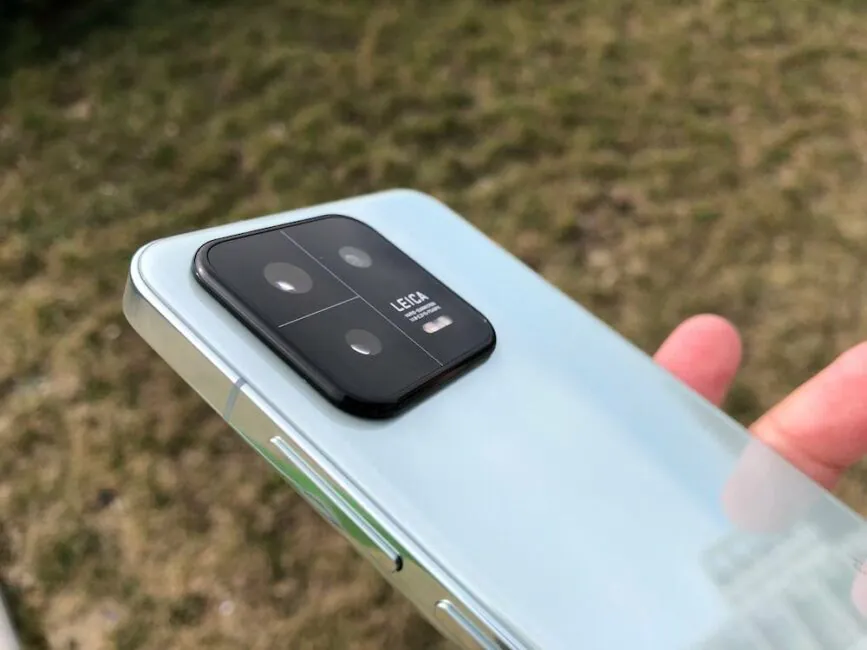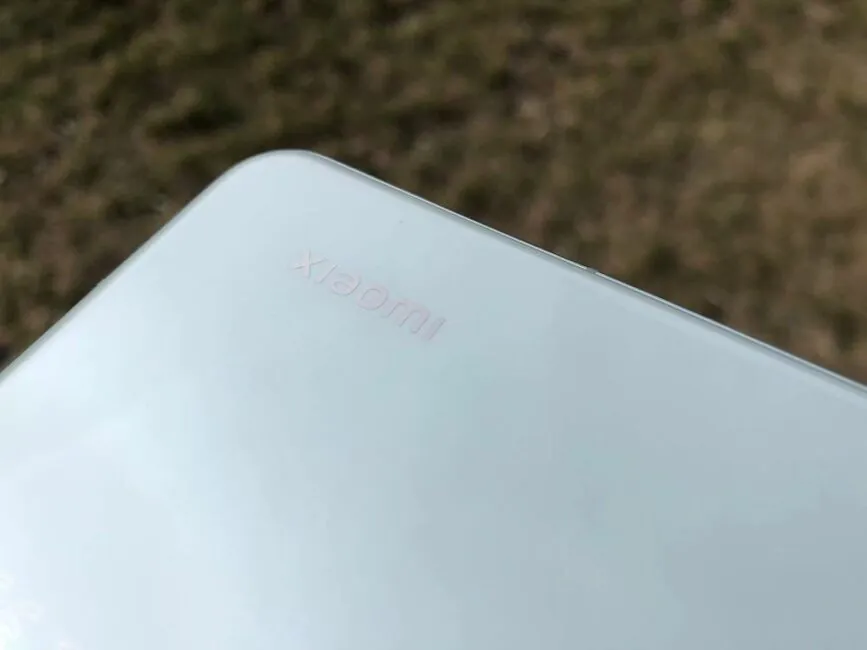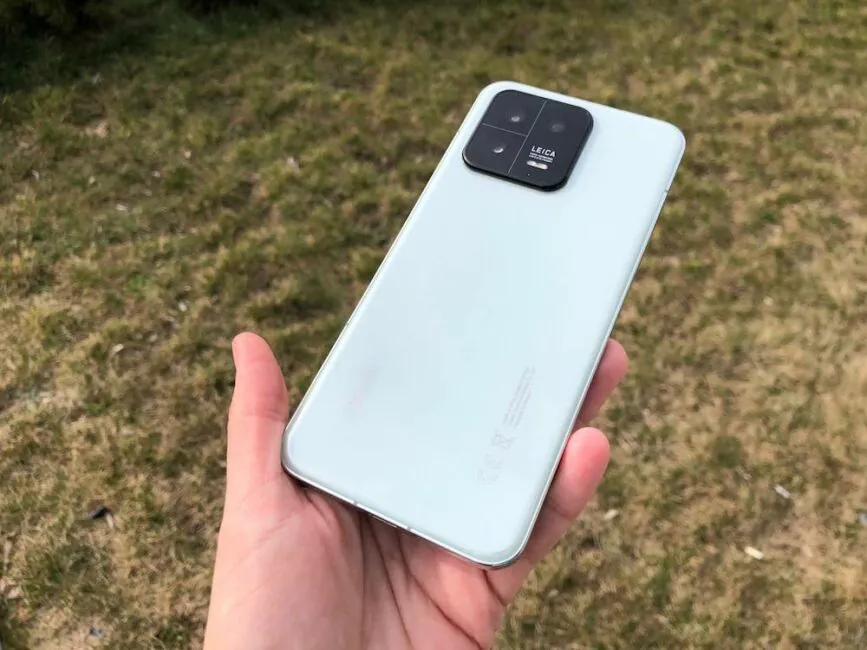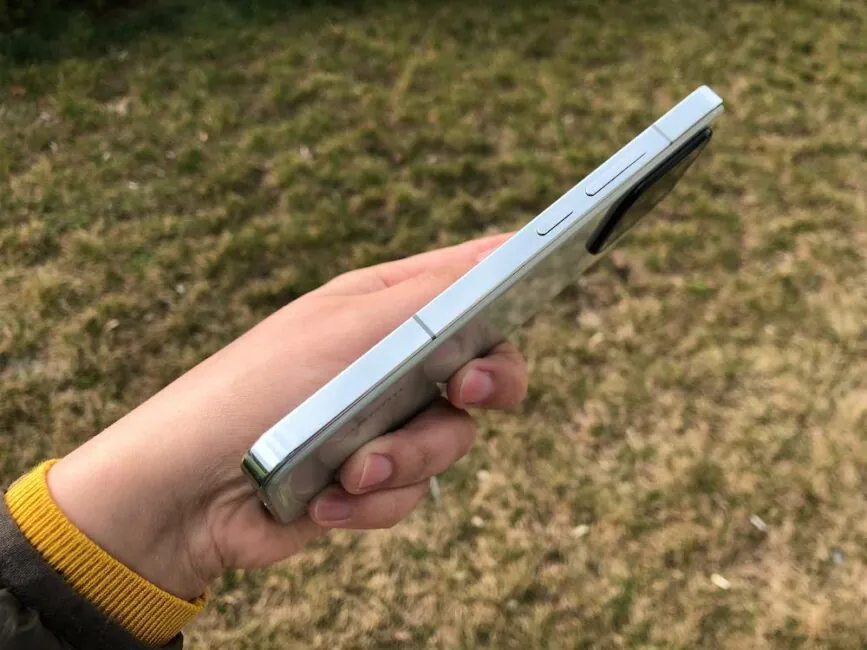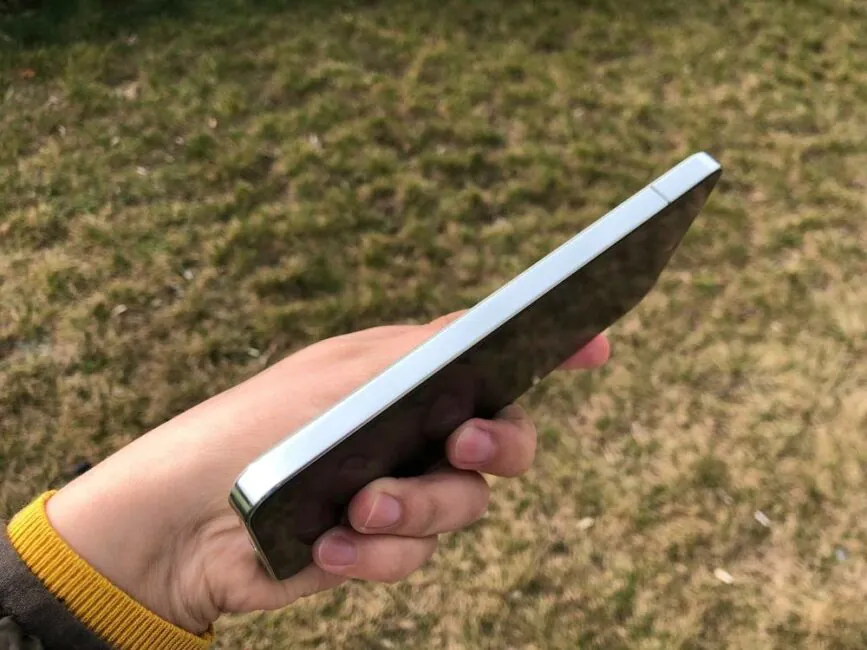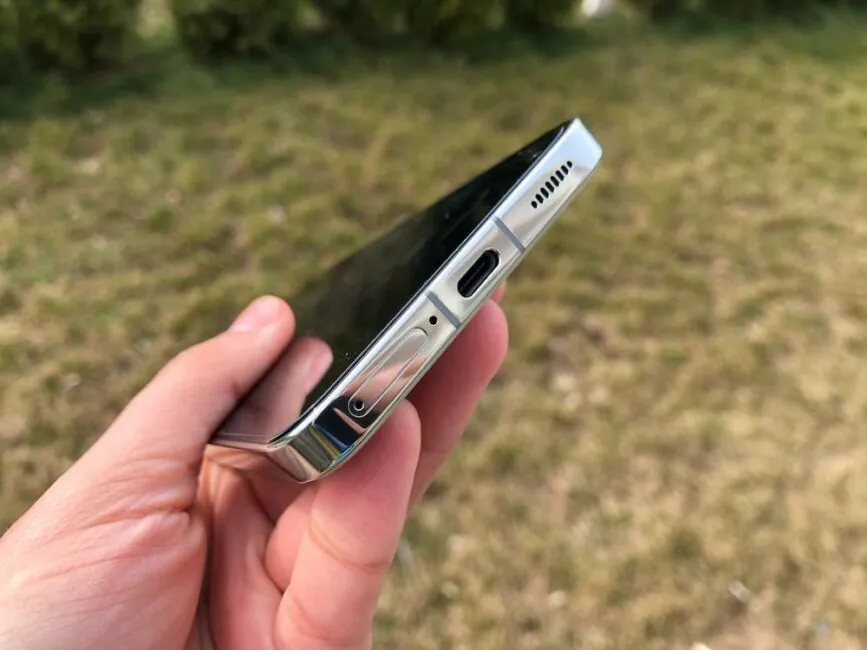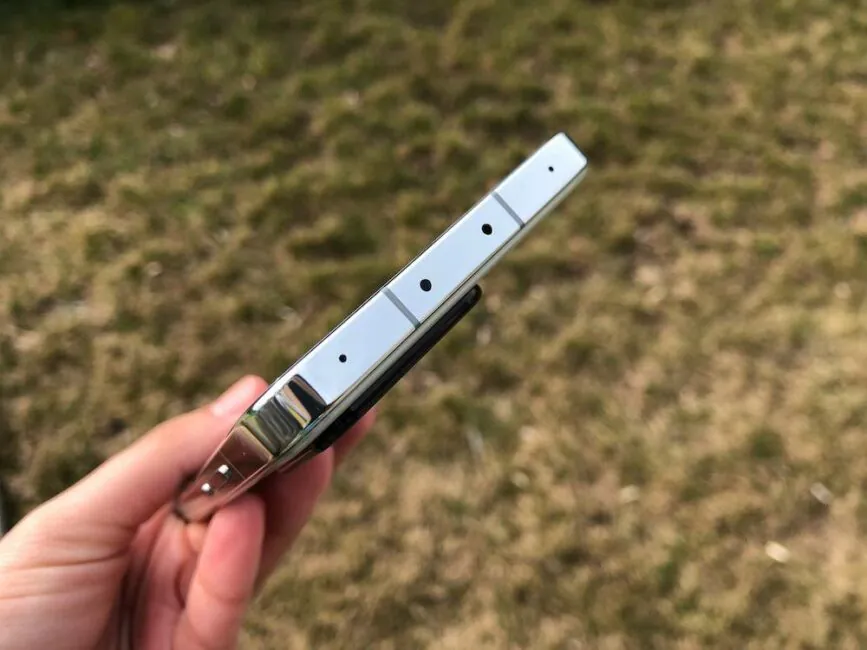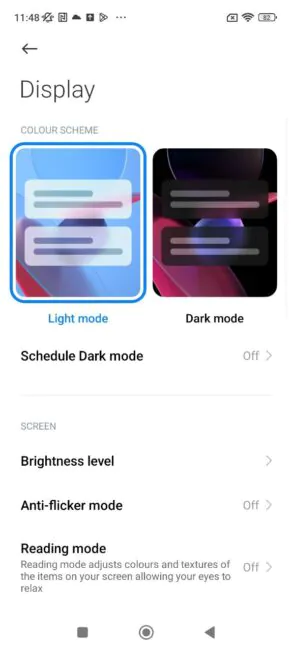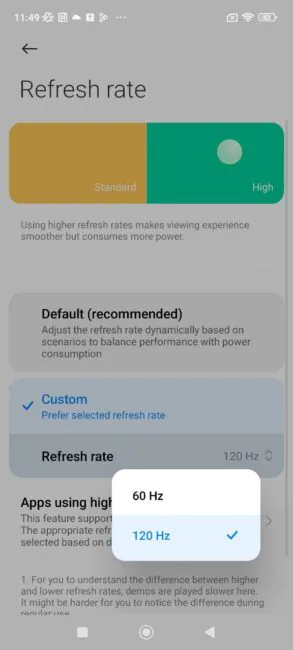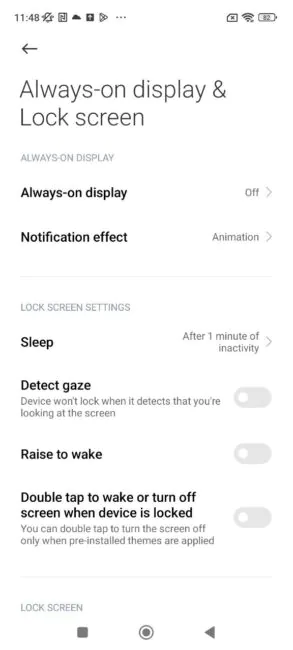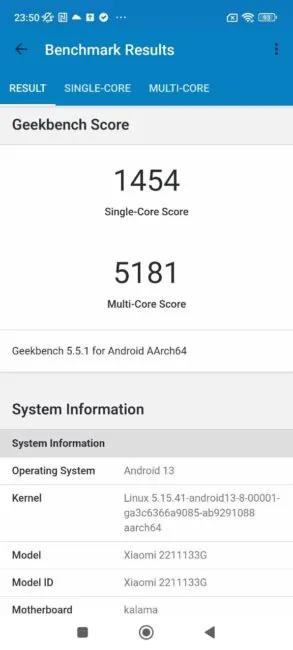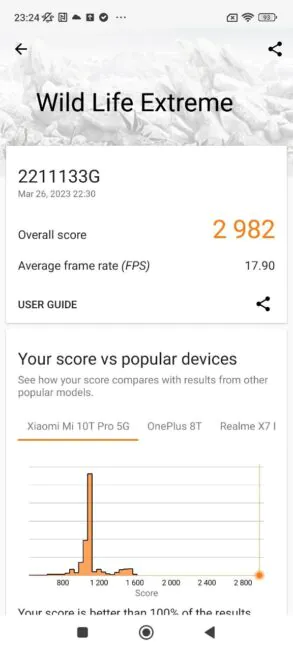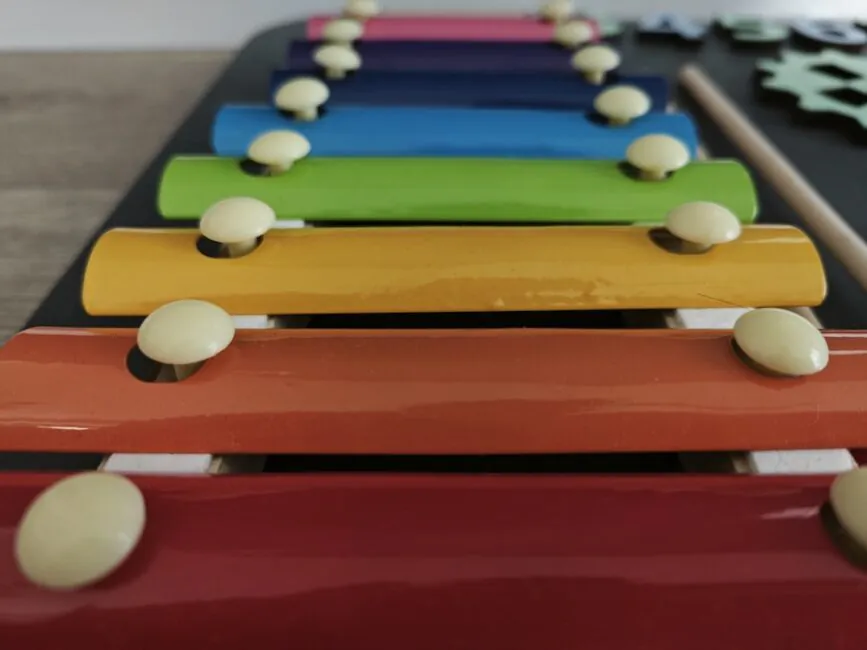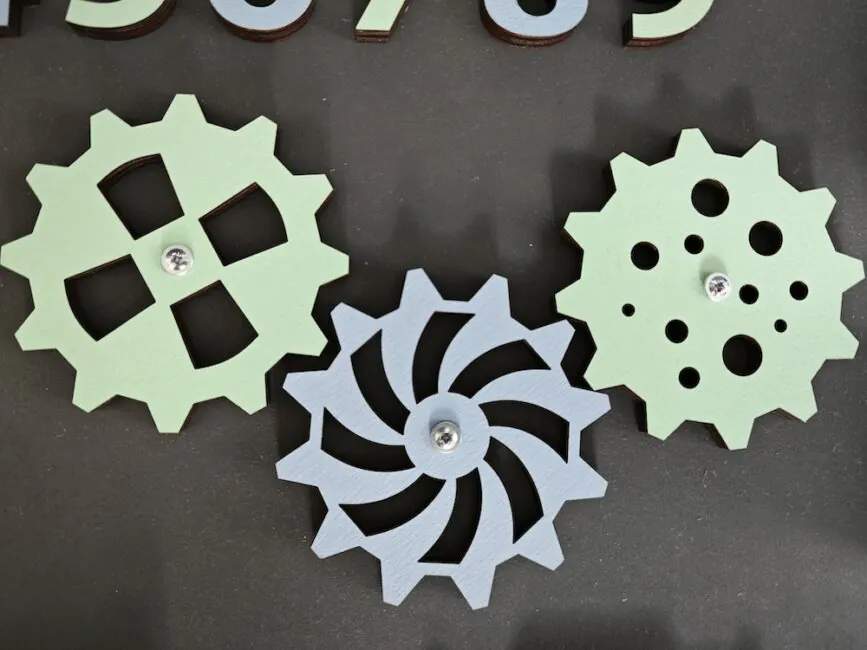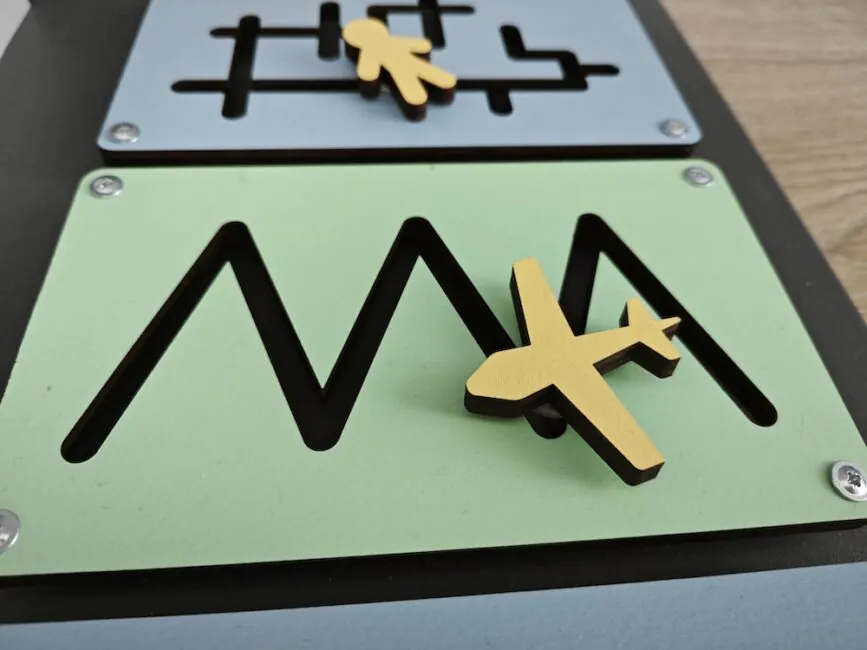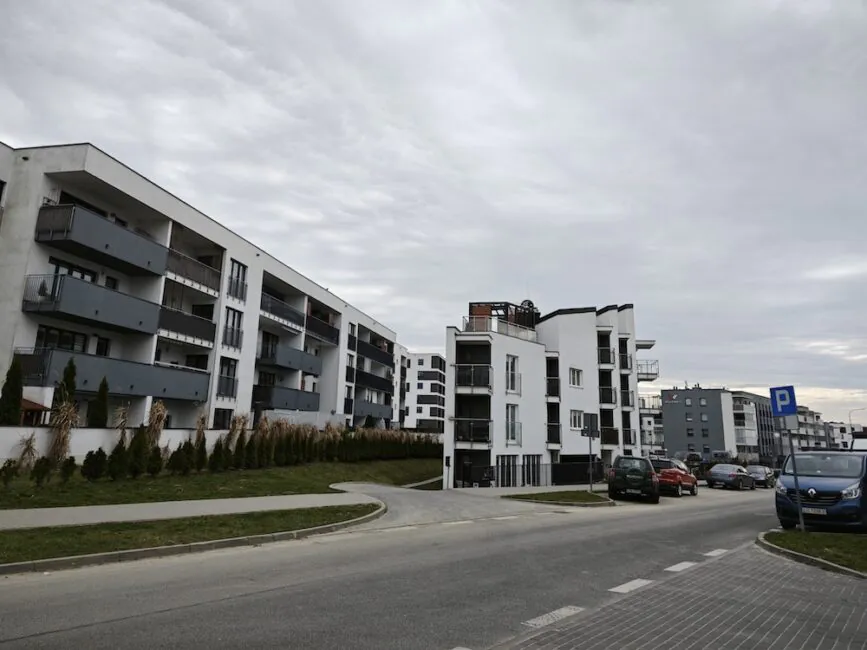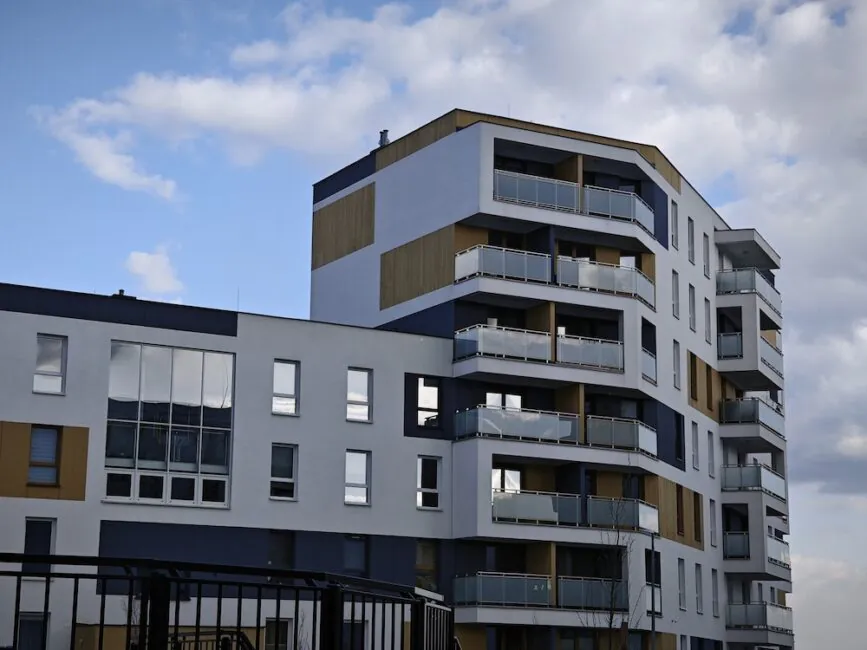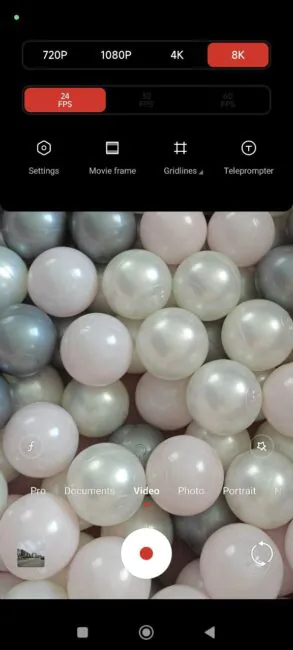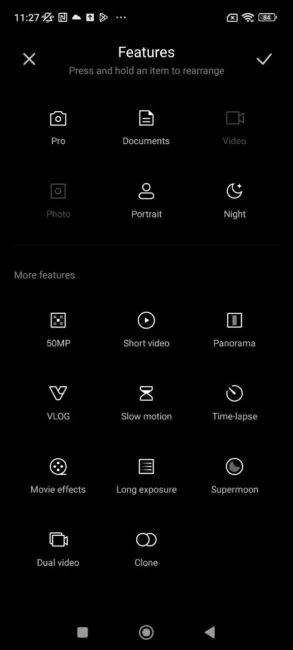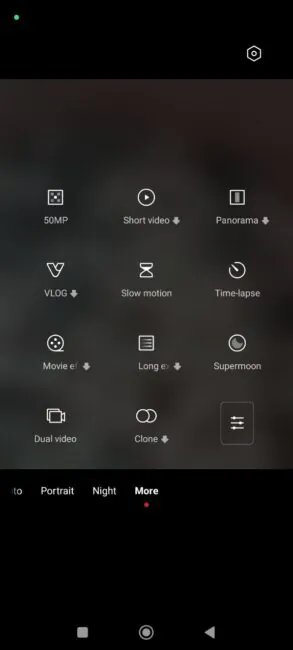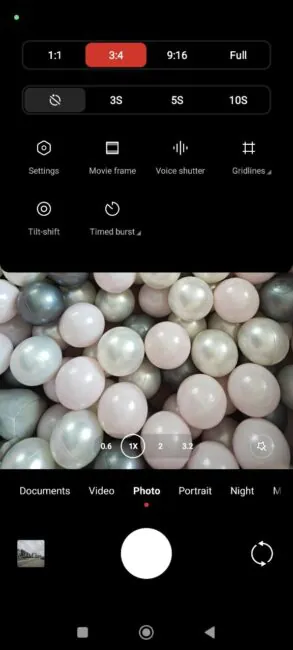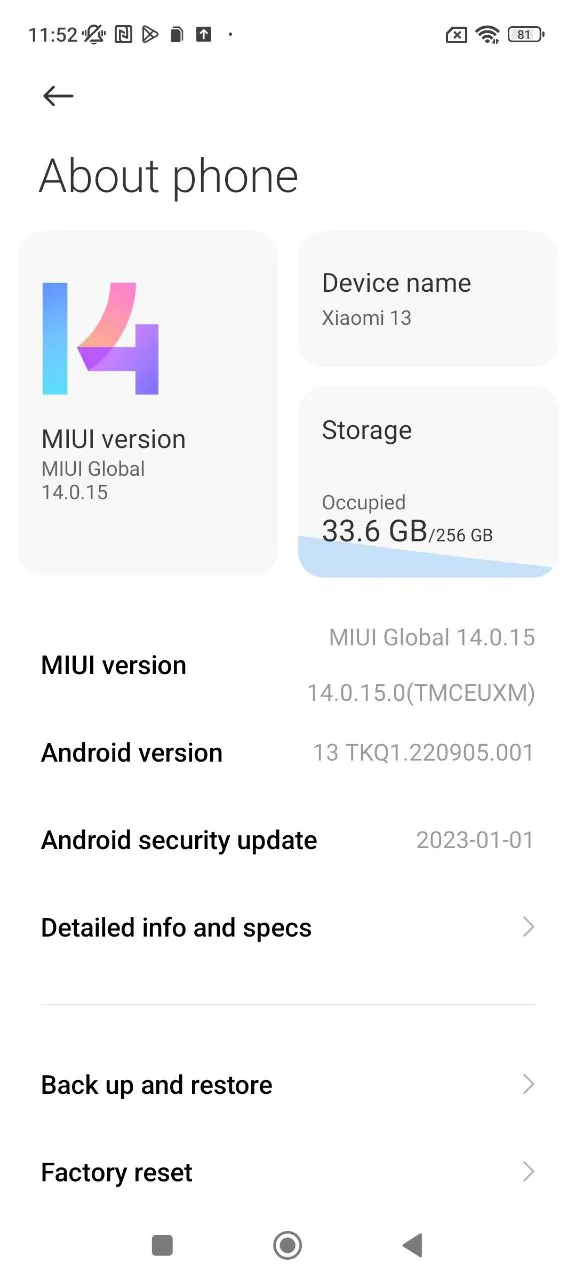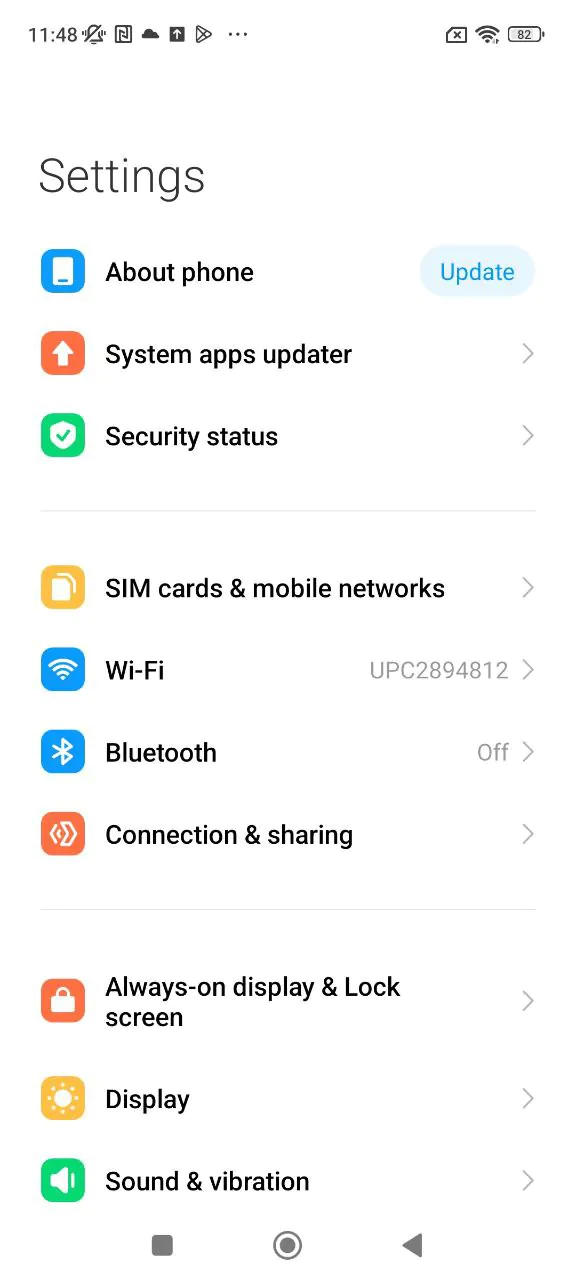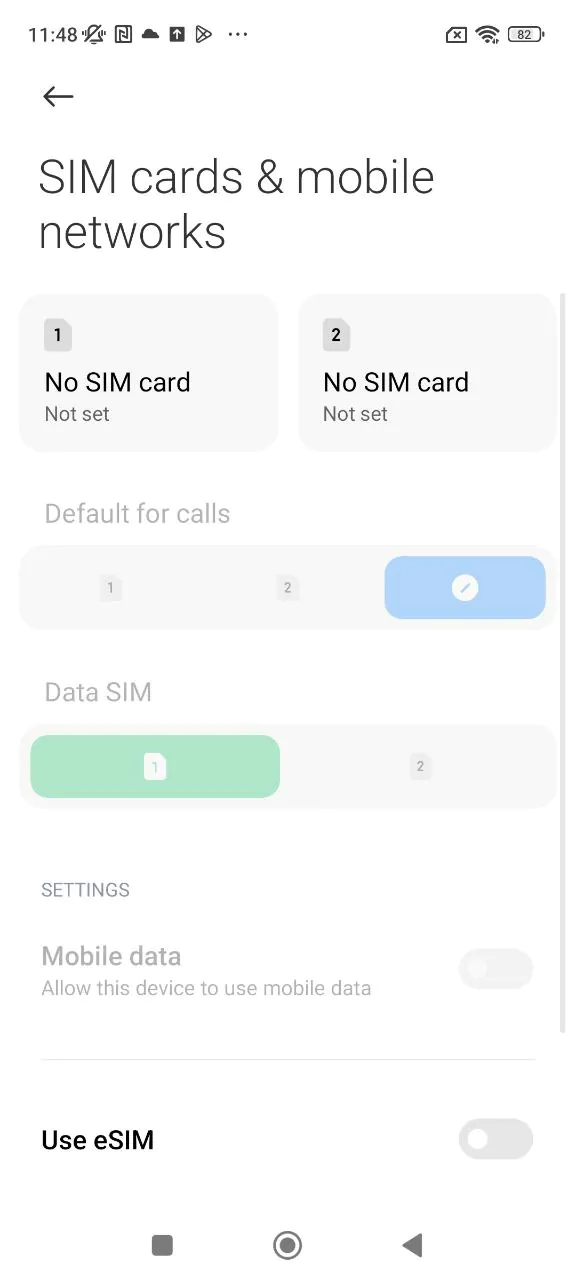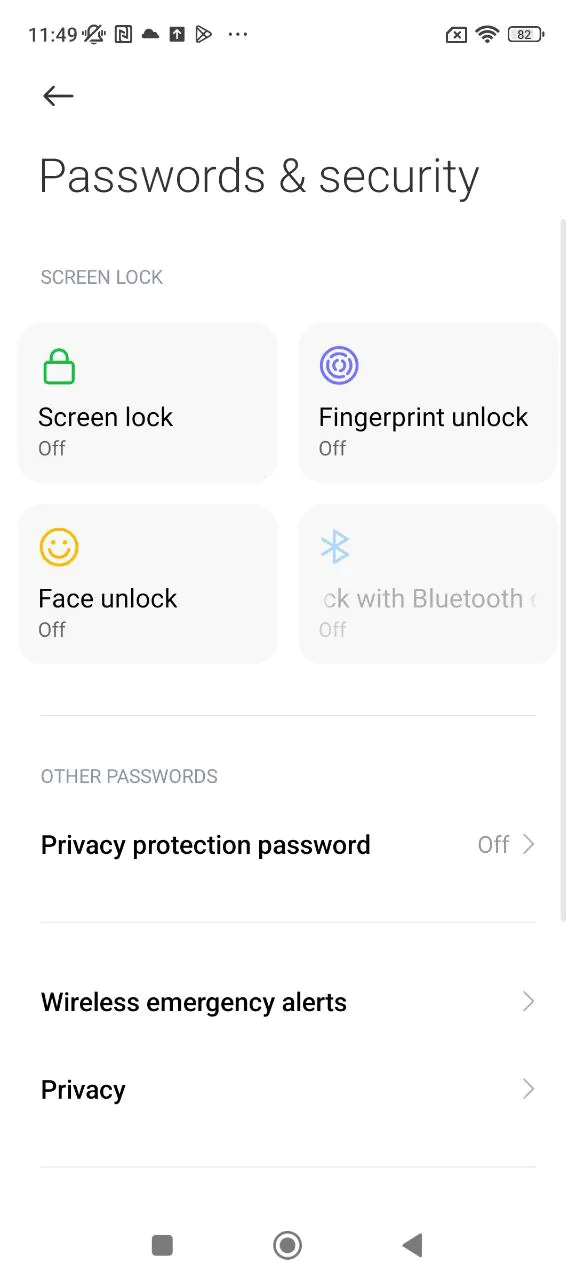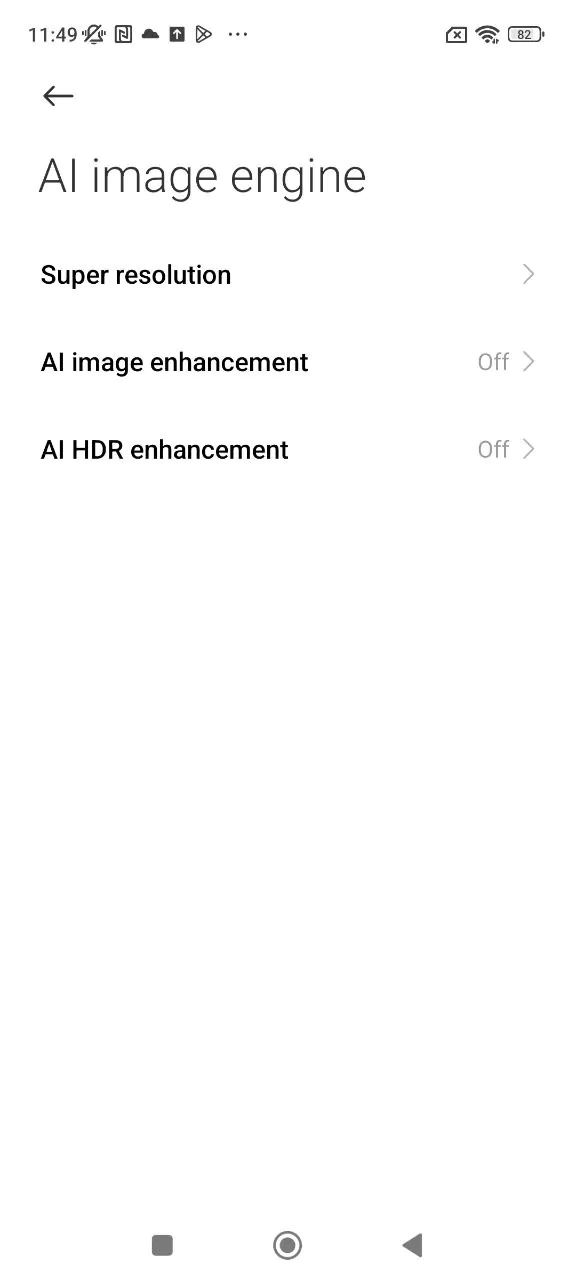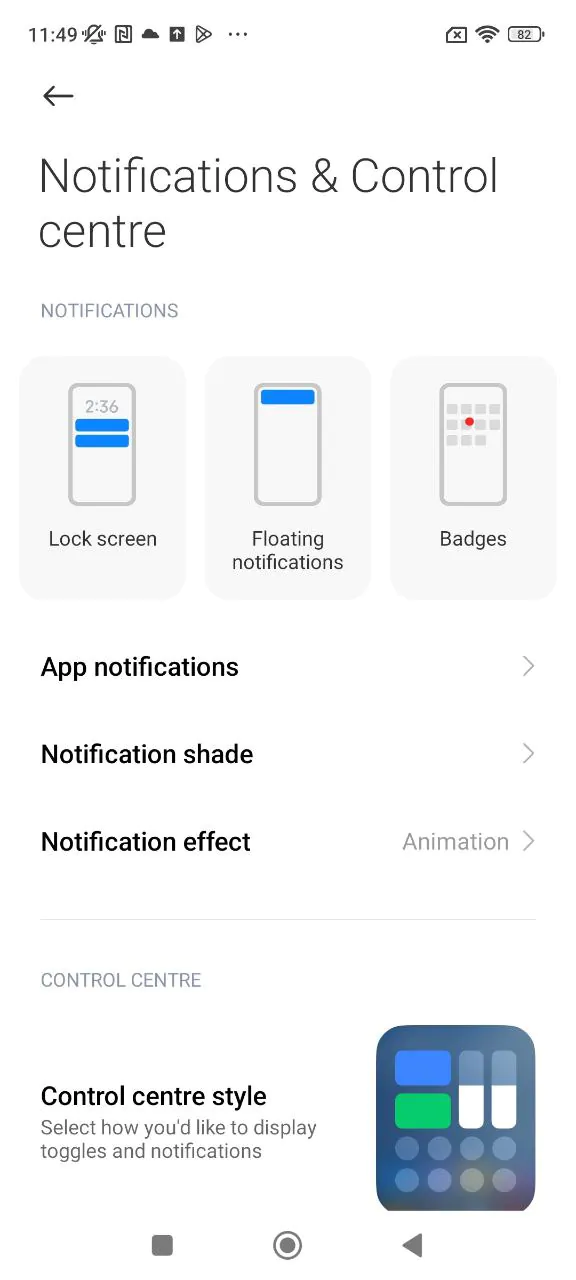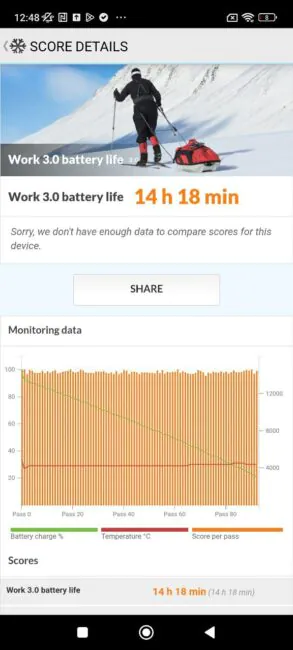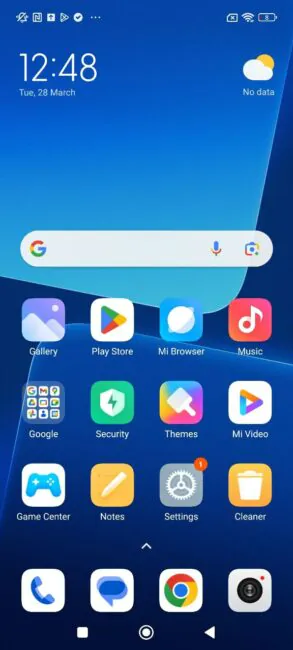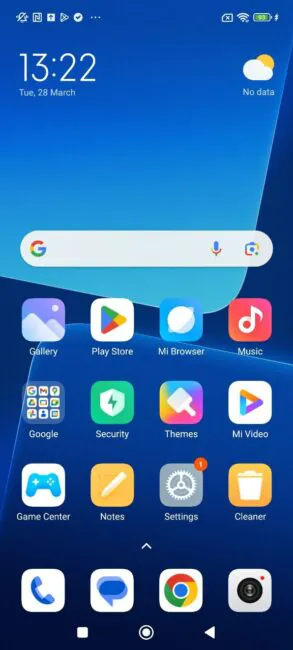© ROOT-NATION.com - Use of content is permitted with a backlink.
As always – just looked at the Xiaomi 13 Lite, and now its big brother has arrived! Well, let’s find out what features the Chinese flagship Xiaomi 13 has now.
- Display: AMOLED, 6.36″, 1080×2400, 20:9 aspect ratio, 120Hz refresh rate, HDR10+, Corning Gorilla Glass 5
- Processor: Qualcomm SM8550-AB Snapdragon 8 Gen 2 (4 nm): Octa-core (1×3.2GHz Cortex-X3 & 2×2.8GHz Cortex-A715 & 2×2.8GHz Cortex-A710 & 3×2.0GHz Cortex-A510)
- Video Accelerator: Adreno 740
- Memory: 8/12GB RAM, 256GB UFS 4.0 flash
- Battery: 4500mAh, 67W fast charging
- Main camera: Main: 50MP, f/1.8, 23mm, 1/1.49″, 1.0µm, PDAF, OIS; Ultra wide-angle: 12MP, f/2.2, 15mm, 120-degree, 1/3.06″, 1.12µm; Telephoto: 10MP, f/2.0 75mm, 1/3.75″, 1.0µm, PDAF, OIS, 3.2x optical zoom
- Front camera: 32MP, f/2.0, 100˚, 1/2.74″, 0.8µm
- Data connectivity: LTE, 5G (n1/3/5/7/8/8/20/28/38/40/40/41/66/77/78), NFC, Wi-Fi 802.11 a/b/g/n/ac/6e, Bluetooth 5.3, GPS, GLONASS, BDS, GALILEO, QZSS, NavIC
- OS: Android 13, MIUI 14
- Dimensions and weight: 152.8×71.5×8.0mm, 185g
- Price: around $1000
Read also:
- Xiaomi 13 Lite review: diminutive might
- Xiaomi Watch S1 Pro review and comparison with Watch S1: Are there any improvements?
Complete set
In the Xiaomi 13 box, along with the phone you’ll find a USB-C cable, a powerful 67W charger, a quick manual and a silicone case. Such a complete package makes me particularly happy with Xiaomi smartphones, because you really get everything you could possibly need without having to run around the shops looking for the right accessory.
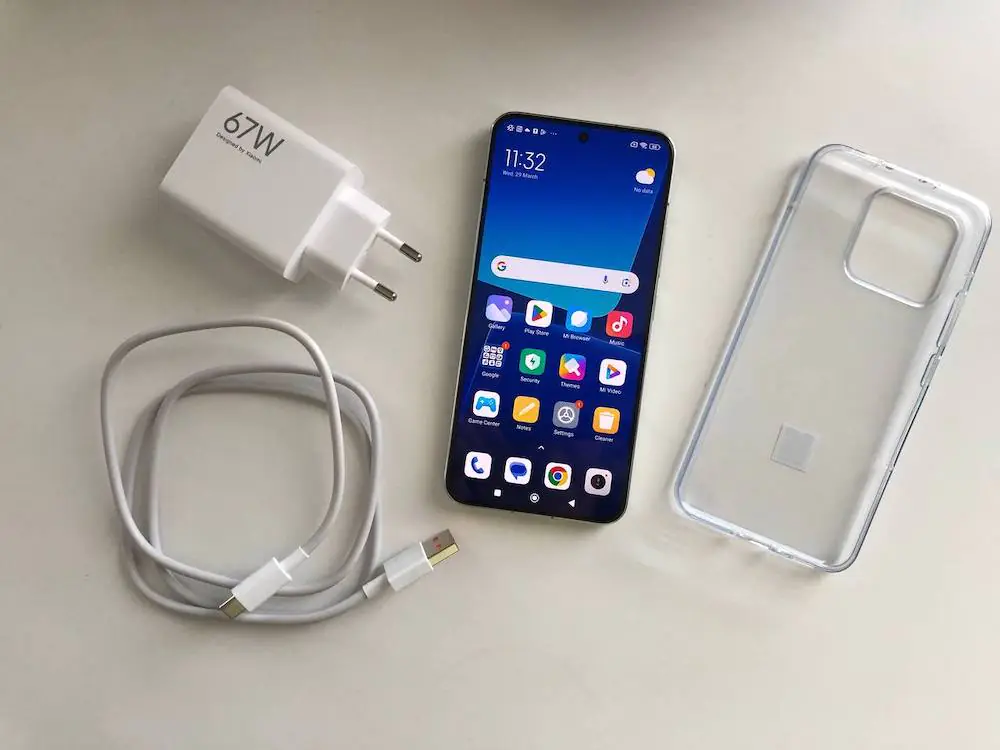
Xiaomi 13 design
When I saw the Lite version, I thought – here it is, the premium design of a typical flagship, so I expected to see something similar in the older model. But suddenly it was different here, as if she were a Moomin troll in a wizard’s hat.
Instead of smooth lines there were maximum comfortably sharp angles and edges. Instead of a weightless compact baby – a stylish brick. Everything here is square, even the camera unit, and it seems to me that such geometricity only benefits the style.
Although some things remain the same and have been classics for years. The display is protected by durable Gorilla Glass 5, which protects the screen from minor scratches and unwanted fingerprints. The back, on the other hand, gets plain glass, though frankly, I didn’t notice any scratches from use on it. The camera island here is noticeably elevated above the back surface, so, as always, the case may come in handy just to protect the camera from scratches.
In terms of colour variations, the user has a choice of classic black or white, as well as Floral Green, which was actually the colour we tested.
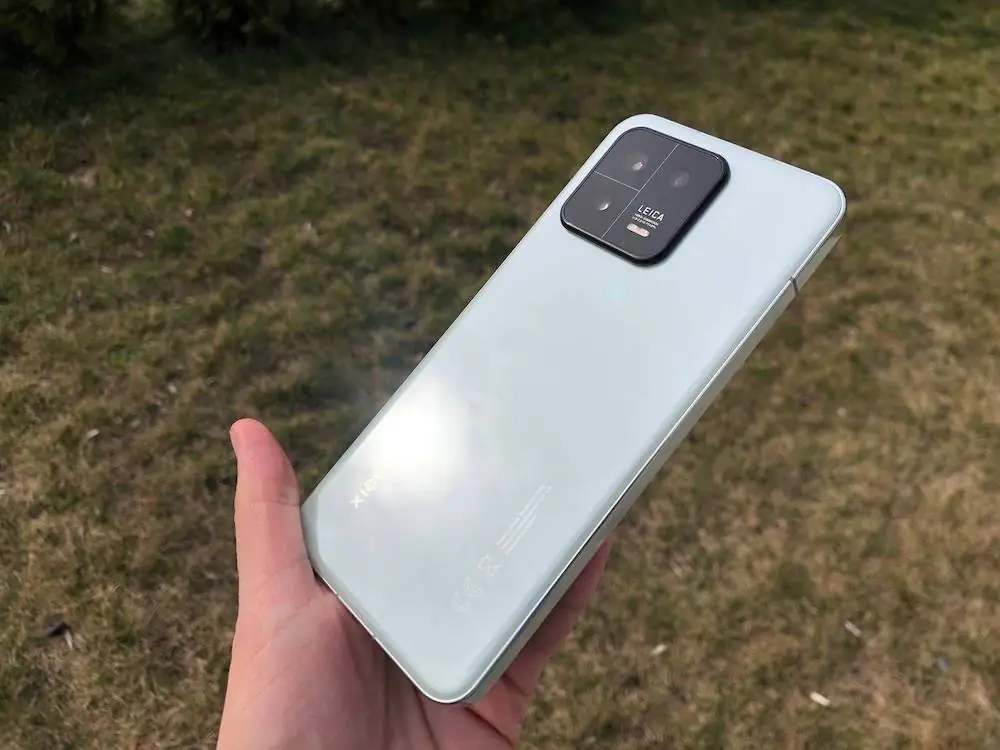
There is nothing on the left side of the smartphone. On the right side there is a two-position volume control key and a power button. On the top end there is an IR port for technology control and two microphones. On the bottom, there is a speaker, Type-C connector and dual SIM card slot.
The fingerprint scanner has traditionally been built directly under the screen, which makes me very happy, as I am a supporter of this unlocking method. Facial recognition has also been added, especially for those who prefer this “contactless” option.
Xiaomi 13 display
When it comes to flagships, of course all parameters are top-notch. An AMOLED matrix with a high refresh rate of 120Hz and a resolution of 1080×2400 is ideal for reproducing static and dynamic scenes with maximum realism. And the 6.36-inch diagonal gives plenty of room to work and allows the smartphone to fit most comfortably even in a small hand.
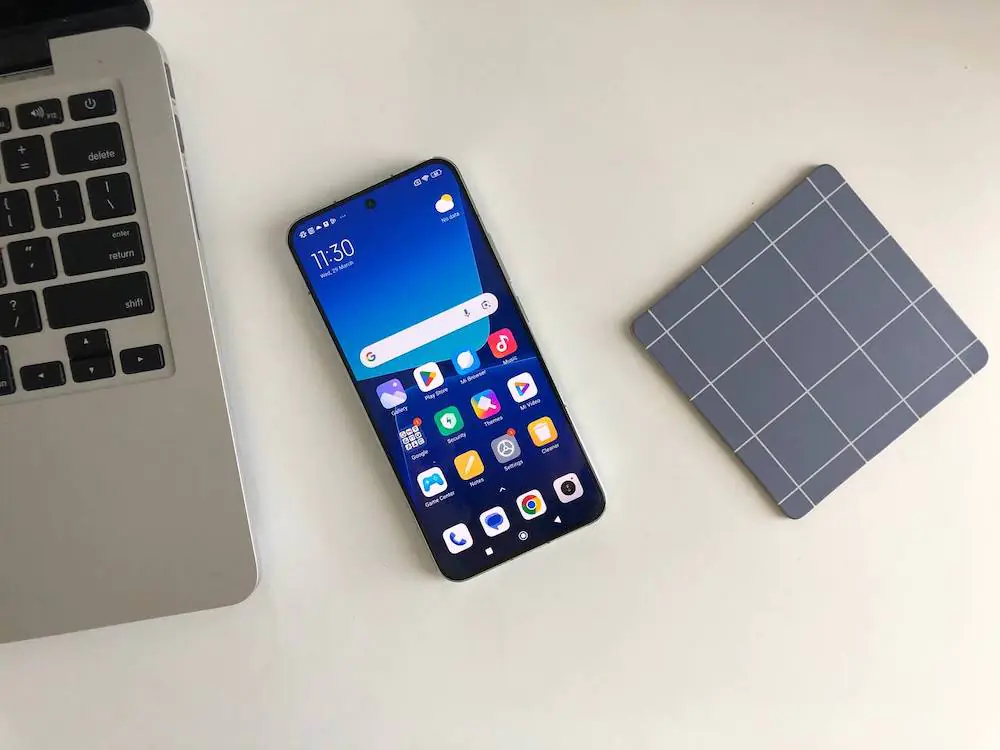
Despite being a top-of-the-range smartphone, there are only two refresh rates to choose from: either 120Hz or 60Hz, or automatically at the smartphone’s discretion, which is very modest compared to most competitors. Of course, 120Hz looks smooth in most cases, but more would be desirable for gaming.
In the display settings, there are various colour rendering options, a day and night theme, monochrome reading mode and other useful settings such as the Always On Display function and the Artificial Intelligence image enhancement system.
The high brightness margin of the display is particularly noteworthy – with spring and sunny weather the ability to use the smartphone comfortably outdoors in direct sunlight is becoming increasingly important.
Read also: Xiaomi 12 Review: Flagship For Everyone
Hardware and performance
Inside this smartphone you’ll find the powerful Snapdragon 8 Gen 2 processor. It’s built with 4nm process technology and has 8 cores: 1 maximum powerful 3.2GHz Cortex-X3 core, 2 powerful 2.8GHz Cortex-A715 cores, 2 powerful 2.8GHz Cortex-A710 cores and 3 energy efficient 2.0GHz Cortex-A510 cores. All of this makes the smartphone just fly, regardless of the list of tasks you plan to throw at it. Browser, Youtube, your favourite game, a couple of messengers in the background, music, can also shoot a video – no matter how fast you switch between apps, the smartphone seems to get ahead of your thoughts and opens everything instantly. Very pleased with the speed of this smartphone!
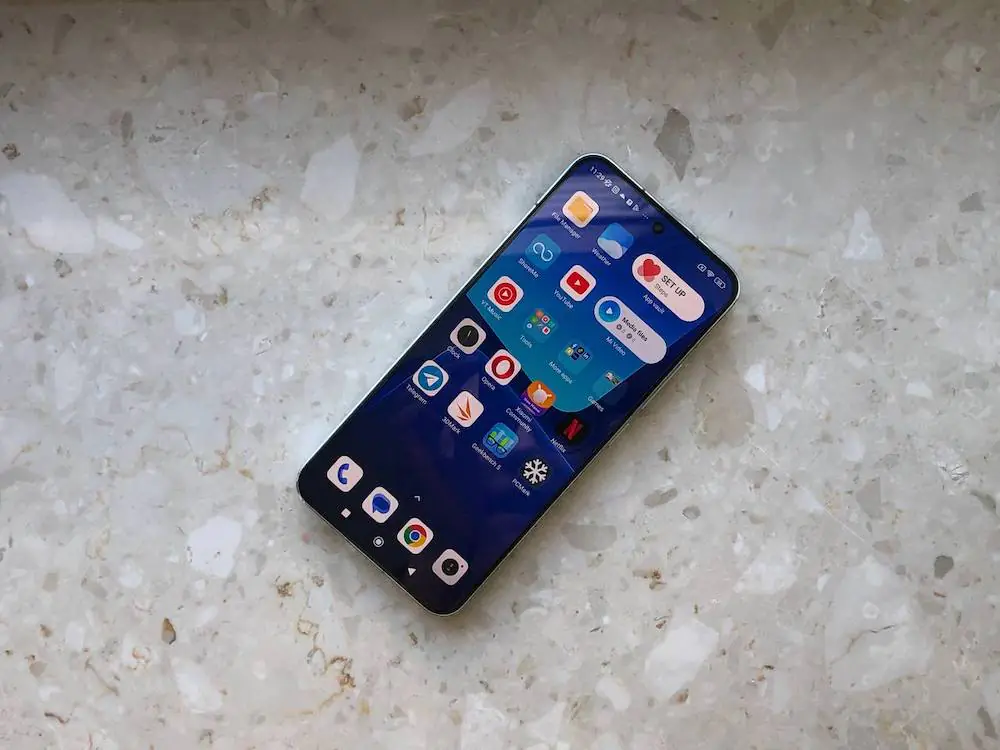
The Adreno 740 graphics adapter handles games predictably well, so the smartphone can meet the needs of any average gamer who doesn’t need the special fiddles, extra keys for macros and other killer features of specialist gaming devices.
The results of the synthetic tests were quite good:
- GeekBench 5 (multi-core) smartphone scores 5181 points, GeekBench 5 (single-core) 1454 points
- 3DMark Wild Life Extreme – 2982 points
- PC Mark Work 3.0 – 14,229 points
The Xiaomi 13 is only available internationally with 256GB of permanent memory, with the larger and smaller variants remaining for residents of the Middle Kingdom. The RAM capacity varies – 8GB or 12GB.
Xiaomi 13 cameras
The Xiaomi 13 cameras make an eloquent statement with the name Leica. So what have they borrowed in terms of technology, and how much does this affect the quality of photography?
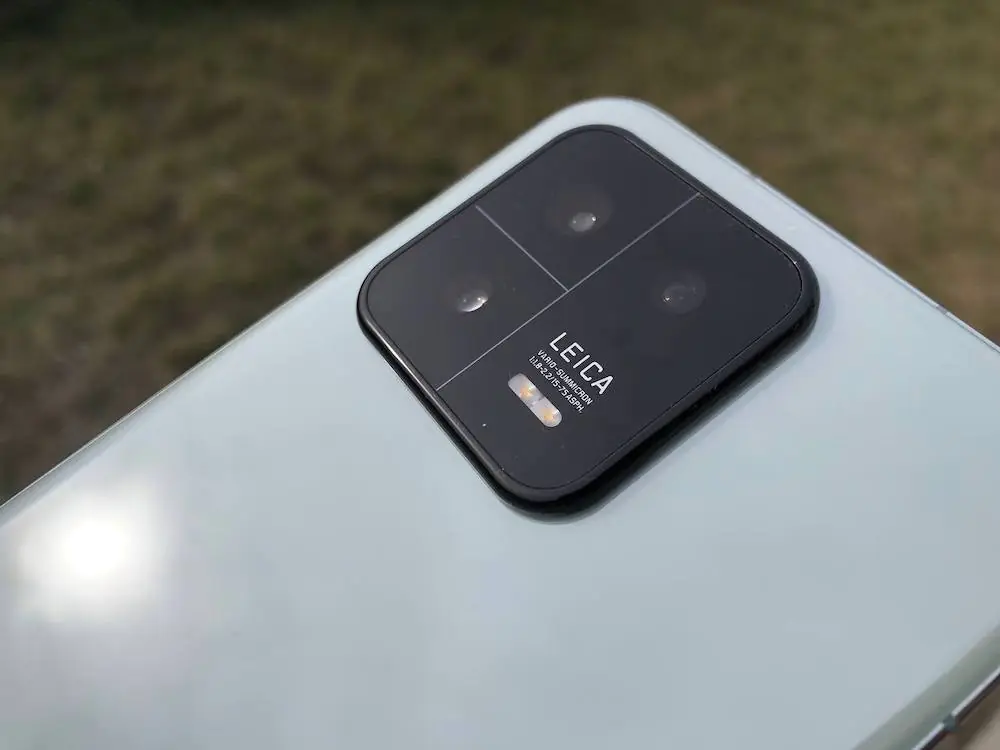
Let’s first look at what kind of cameras we’re getting here in the first place:
- Main: 50MP, f/1.8, 23mm, 1/1.49″, 1.0µm, PDAF, OIS;
- Ultra Wide Angle: 12MP, f/2.2, 15mm, 120-degree, 1/3.06″, 1.12µm;
- Telephoto: 10MP, f/2.0 75mm, 1/3.75″, 1.0µm, PDAF, OIS, 3.2x optical zoom;
- Front: 32MP, f/2.0, 100˚, 1/2.74″, 0.8µm.
Photos from the main camera are beautiful in all lighting conditions. A major trick from Leica is the two colour fixation presets, saturated (Vibrant) and natural (Authentic). They affect not only the contrast and brightness of your shots, but also the colour gamut of your photos. I prefer the natural variant, as the colours are somehow softer and the picture looks more three-dimensional.
There are no complaints about the other standard shooting parameters either. The autofocus is fast and clear, and the shooting is of high quality even in low light. You can see all the photos in their original resolution here.
The wide-angle photos are also of high quality and generally follow the style of the main module. Sharpness may be slightly worse, but this is not critical – the rest of the shooting parameters remain at a consistently high level. For a clear comparison, the wide angle photo on the right:
Finally – well, finally! – my prayers have been heard, and instead of a cheap macro camera that no one needs, they put in a really necessary third module – a telephoto. It works in the format of 3.2x optical zoom (at the same time the main camera has a 2x zoom just in case). And in this case, neither in colour rendering, nor in sharpness you do not lose compared to the main camera, so you can safely zoom, crop and get original interesting pictures. Here are examples of what the telephoto photos look like (left) next to the main camera photos (right):
The Xiaomi 13 at most can shoot video at a resolution of as much as 8K at 24fps, 4K at 30fps, and 1080p at 30 and 60fps. Who needs that 8K at that frame rate, I don’t know, but it’s a personal matter. And by the way, if you want to take advantage of the optical image stabilisation feature, you’ll have to put up with Full HD at 60fps altogether.
The camera interface is pretty standard for MIUI, with all the necessary shooting modes: photo, video, portrait mode and Pro mode. Other useful modes are hidden under the ‘More’ tab – Night, 50MP, Video Clip, Panorama, Documents, Time Lapse, Time Lapse, Long Shutter, Dual Video and Moonlight Photography. If you wish, you can set up your own sorting of modes, which will be displayed in the active Quick Access Toolbar and which will be hidden under ‘More’.
A word about Pro Mode – all important shooting parameters are available in the settings – shutter speed, aperture, white balance. This mode also works with both the main module and the ultra-wide angle module. For the main camera, you can enable shooting at 50MP, but let’s be honest – in most cases you’ll be fine with the quality in the standard mode of shooting with pixel aggregation technology. The difference in detail is almost imperceptible, but the photos take up significantly less memory.
The front camera here isn’t a Leica, but it’s a pretty good statement, too. The 32 MP wide-angle module covers all your needs for aesthetic quality self-portraits. Video on the front is recorded in Full HD at 30 frames per second.
Read also: Review and experience: Is it worth buying the Samsung Galaxy S22 Plus in 2023?
Software
The Xiaomi 13 Lite’s operating system is Android 13 with an updated version of the proprietary shell, MIUI 14.
What I liked the most is that the new version of the shell works much better compared to the previous ones. If before during a week or two of tests I could see the smartphone living on its own a dozen times, closing applications or, for example, blocking, now I can say that apart from some freezes after stress tests (it happened with other competitors as well), I have not noticed any significant problems with the shell. And that’s just super news, as it removes one of the most painful things for the user that hampered the decision to purchase a Xiaomi product – namely the stability and reliability of the system. So I can only be happy for the manufacturer and hope that the software development and optimization department got a fat bonus for their work this time.
The main additional features of MIUI 14 remain similar to version 13, so I won’t go over them once again. You can see the previous reviews or read a separate breakdown of additional interface features.
The Xiaomi 13 has the top-of-the-line data and connectivity suite on board: 5G, Wi-Fi 7, Bluetooth 5.3, GPS and NFC.
Xiaomi 13 battery life
Relative to its predecessor, the Xiaomi 13 hasn’t changed – it’s the same 4,500mAh. Although the chip has become more powerful, optimisation has also been brought in on time, so we get the same good battery life plus or minus.
On average, the Xiaomi 13 delivers around 10 hours of active screen time for different tasks, up to 16 hours of web browsing, up to 17 hours of video playback at medium brightness.
The battery charges very quickly thanks to fast charging and a 67W charger. From near zero charge to maximum charge it recovers in around 40-45 minutes. And that’s pretty standard for a smartphone with this battery capacity, although I think Xiaomi could have gone even further by adding a more powerful charger here. But there are reasons for everything, and I think they are called the T-Series from the same manufacturer, where you get everything the same, just a little bit better.
Conclusions
Personally, I liked the Xiaomi 13 first and foremost for its design – among the sometimes overly sleek competitors, such a heavy brick with barely smoothed edges looks even a little provocative, as far as it goes in such a standardised field as smartphone design.
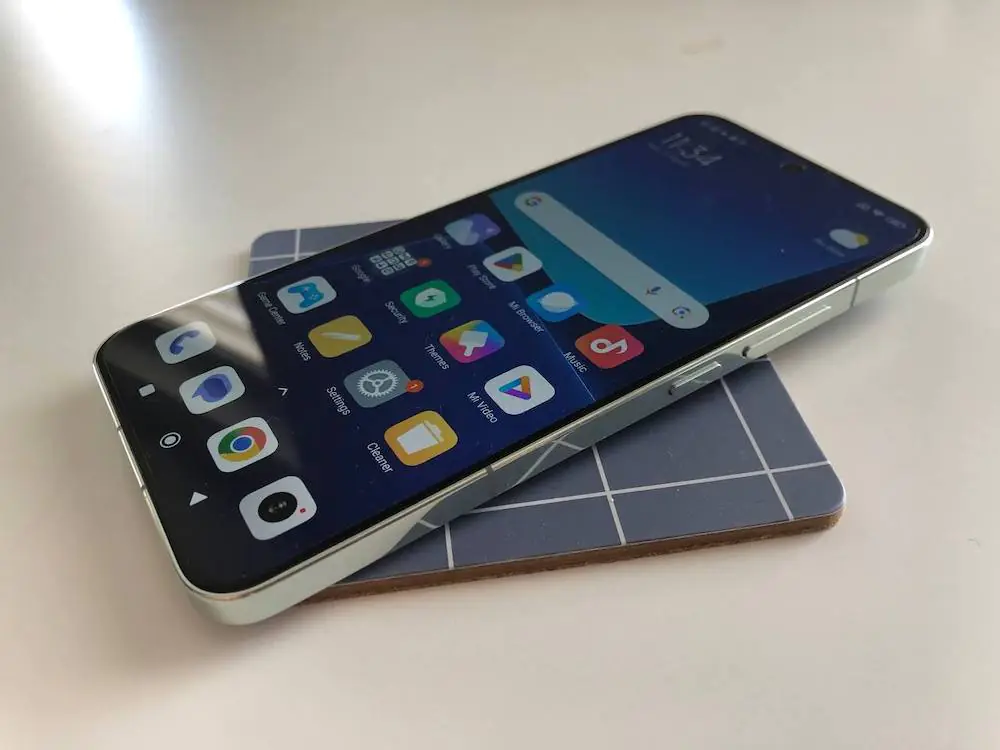
A high-quality AMOLED display, a powerful Snapdragon 8 Gen 2 processor and high-quality cameras create a win-win set of almost perfect flagships. Yes, it falls a little short of the top-end in a couple of aspects, while still priced comparably to its main direct competitors. Although this time the software problem has been solved (hopefully definitively), so I personally don’t see a good reason why not to choose Xiaomi anymore. This flagship might make you take a fresh look at the situation in the top-end market.
Read also:
- Xiaomi 12T Pro smartphone review: Clark Kent or Superman?
- Xiaomi Buds 4 Pro review: great sound and high-quality noise cancellation


